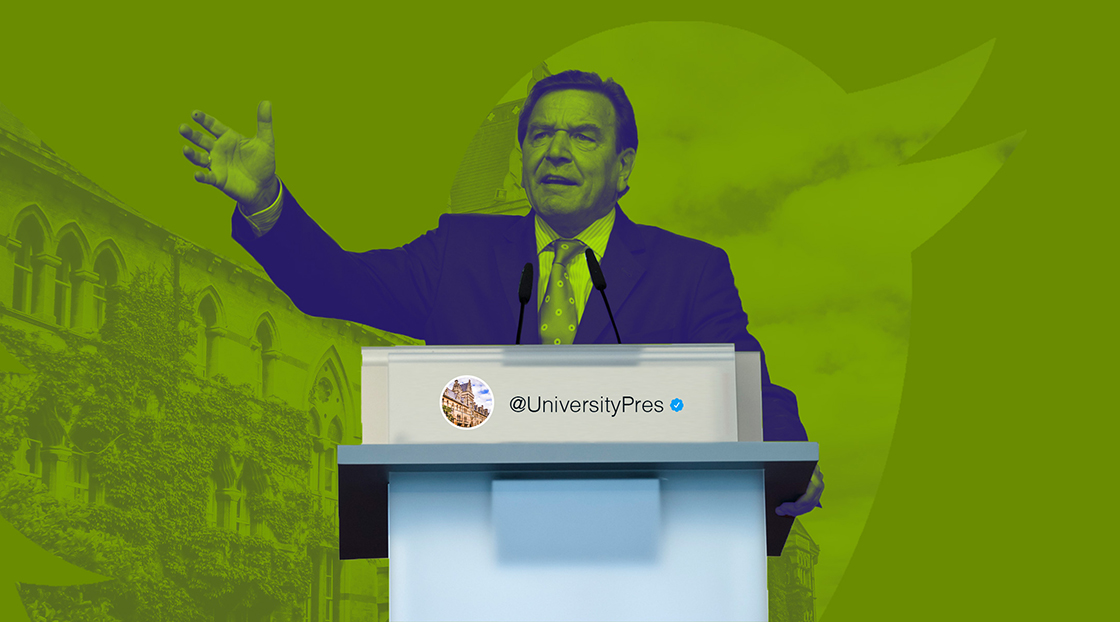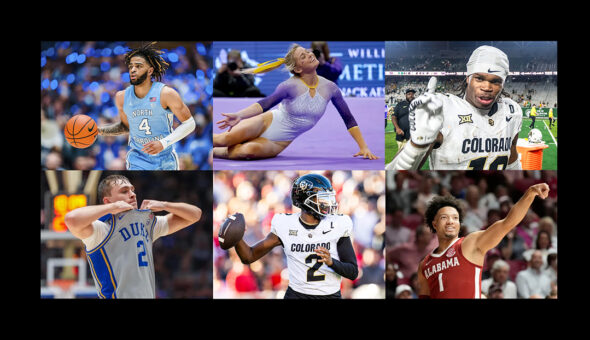When I started working in higher ed social media ten years ago, which feels like ancient history in social media, university presidents were flocking to Twitter (no pun intended) as a way to connect with their communities. They were starting to see the rewards of connecting personally with students and campus stakeholders. It seemed like a Twitter account was no longer just a nice thing for university presidents to have, but a requirement of the job.
But after years of COVID communications combined with political unrest on campuses, university presidents have started to retreat from the platform — no longer seeing the risks of the platform as outweighing the rewards. After all, who would want to expose themselves to the daily vitriol of being a public figure on a platform where literally anyone can express their displeasure of you and your work if you didn’t really have to?
Listen: The ‘nearly impossible’ role of college president
Lately it seems university presidents are retreating from the platform altogether or having their media relations team manage their social media presence for them.
The bulk of tweets from university presidents now read like this:
It was a great pleasure to speak with _(group name)_____ at _(event name)___ today. Their work with __(group’s cause or area of research)___ is vital to the mission of __(university name)__. Thank you for all you do. Go _(university mascot)__!
But here’s the problem with both of these approaches. In both cases, you are forfeiting control of your personal narrative and allowing others to build it for you. When you stop presenting yourself on social media or only post highly crafted soundbite Tweets, your audience fills in the gaps with their own ideas of who you are and what you represent. And in the absence of contradictory information, people tend to assume the worst. You become the caricature of a university president presented by decades of popular media representations of college life — you became the stuffed shirt, authoritarian figurehead in a fancy office, who would have a perfect life if it weren’t for those dang kids/professors/alumni/etc.
Like it or not, the role of university president is a public one and if you want to succeed, you’ve got to embrace that side of it. And in 2022, that means having an authentic social media presence. It’s been a rough few years for university presidents online, but there’s no putting the genie back in the bottle. And there’s no denying that’s a bit scary for a lot of people. Putting your honest, human self out there, sharing aspects of your personal life, and informing the public of reasons behind your decisions opens you up to public criticism. But sometimes that willingness to put yourself out there, be real, and be a bit vulnerable will actually help deflect a lot of that criticism, build trust, and help you so much more in the long run.
Listen: The state of higher ed social media
So, instead of deleting your Twitter account or handing it over to your director of media relations, embrace that account. Own it. Tell your own story and connect with your university community. Yes, there are risks involved and you most definitely will face criticism at some point–but the alternative is letting other people decide who you are.







